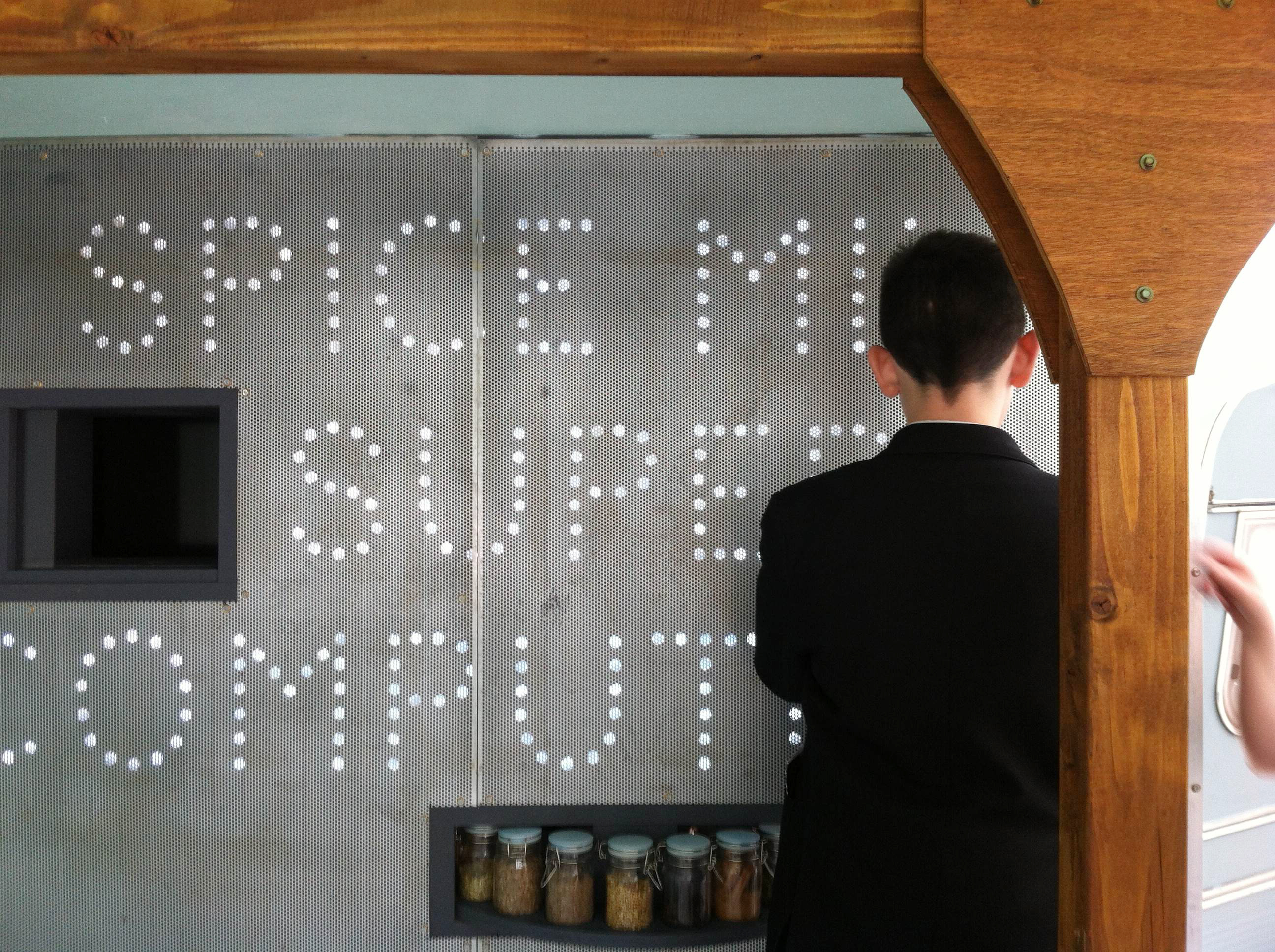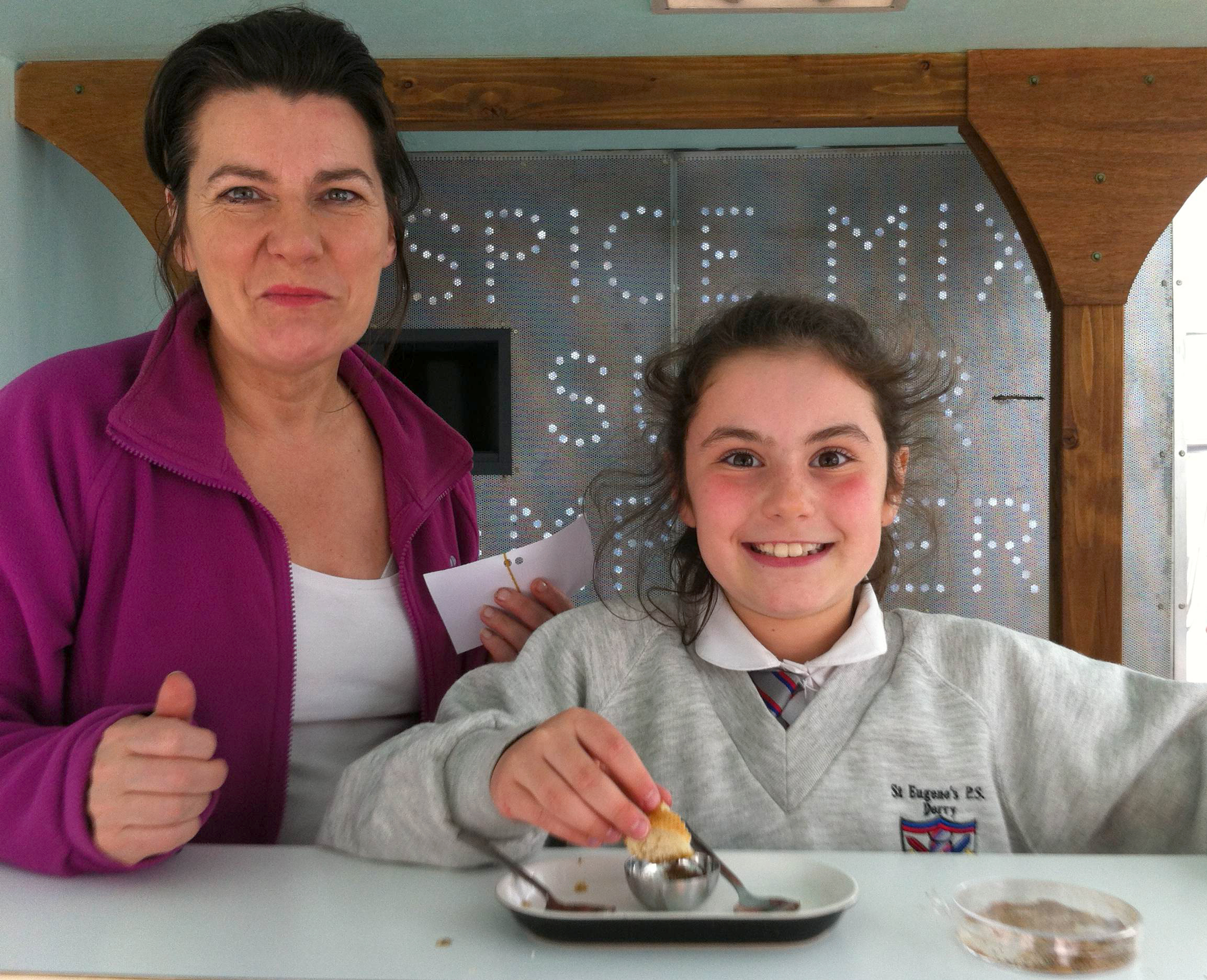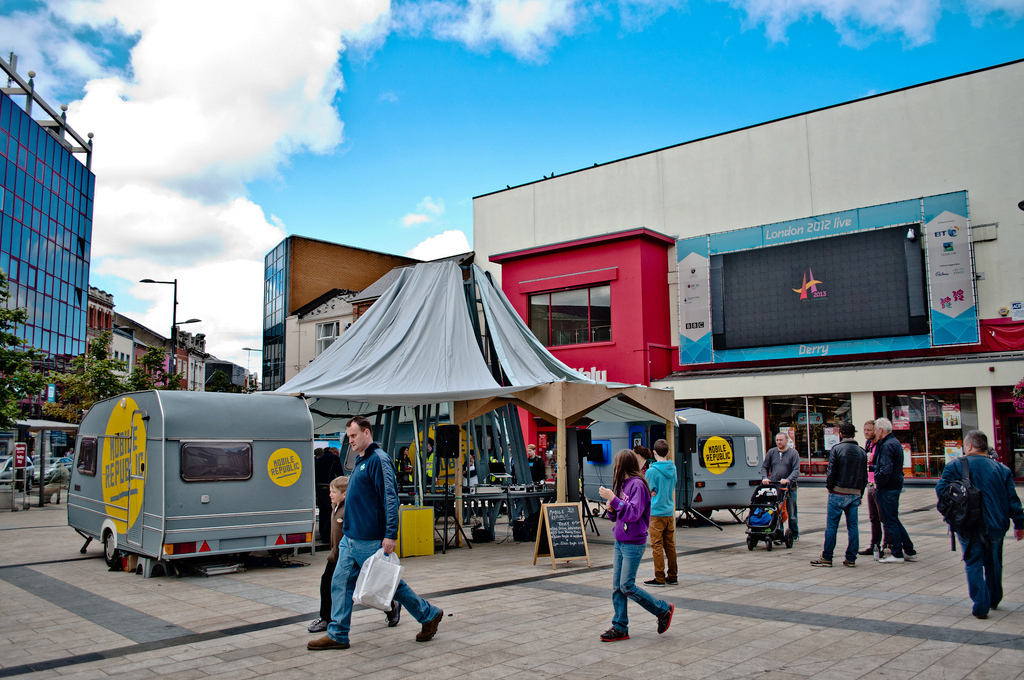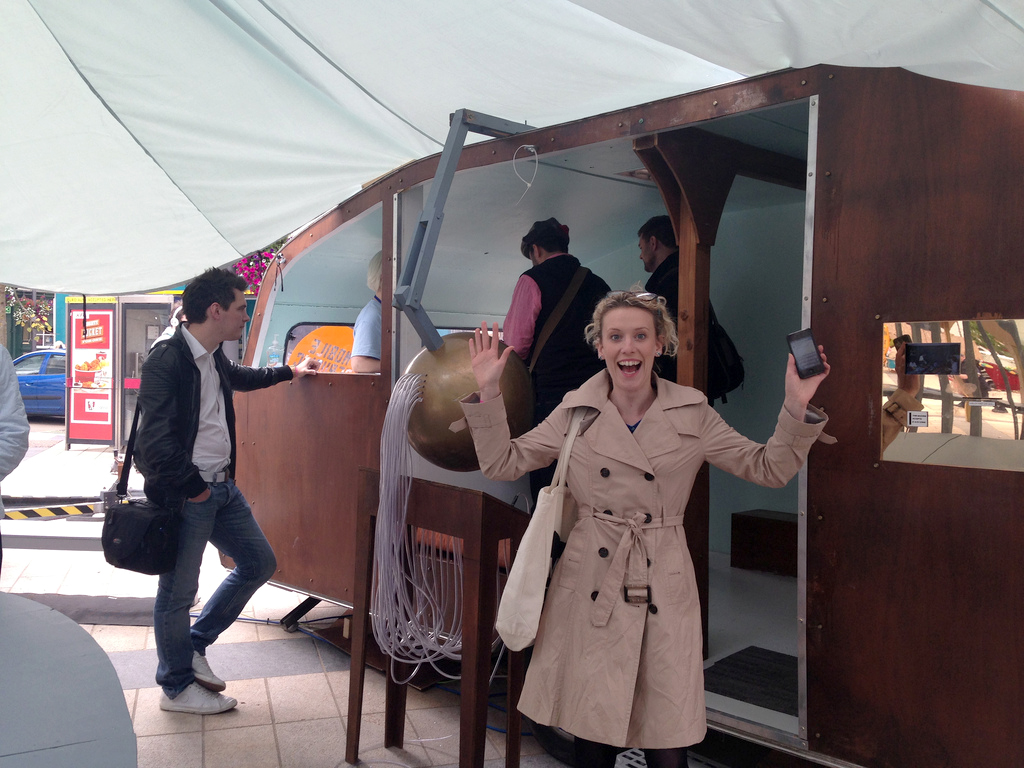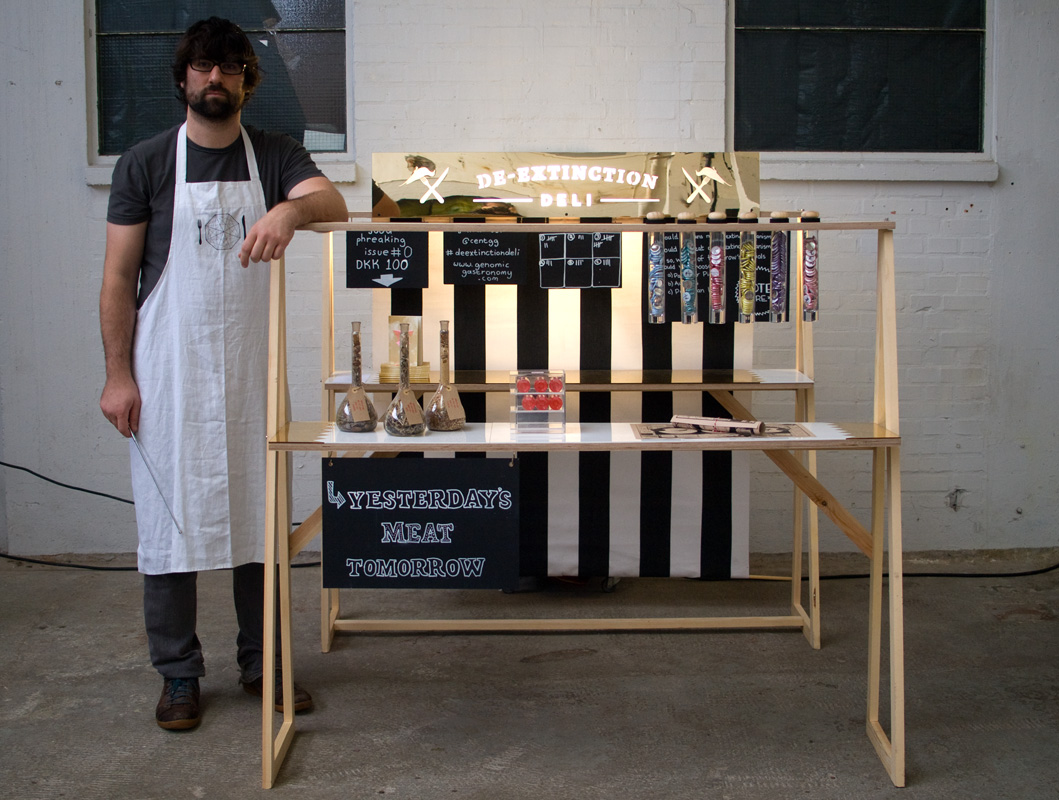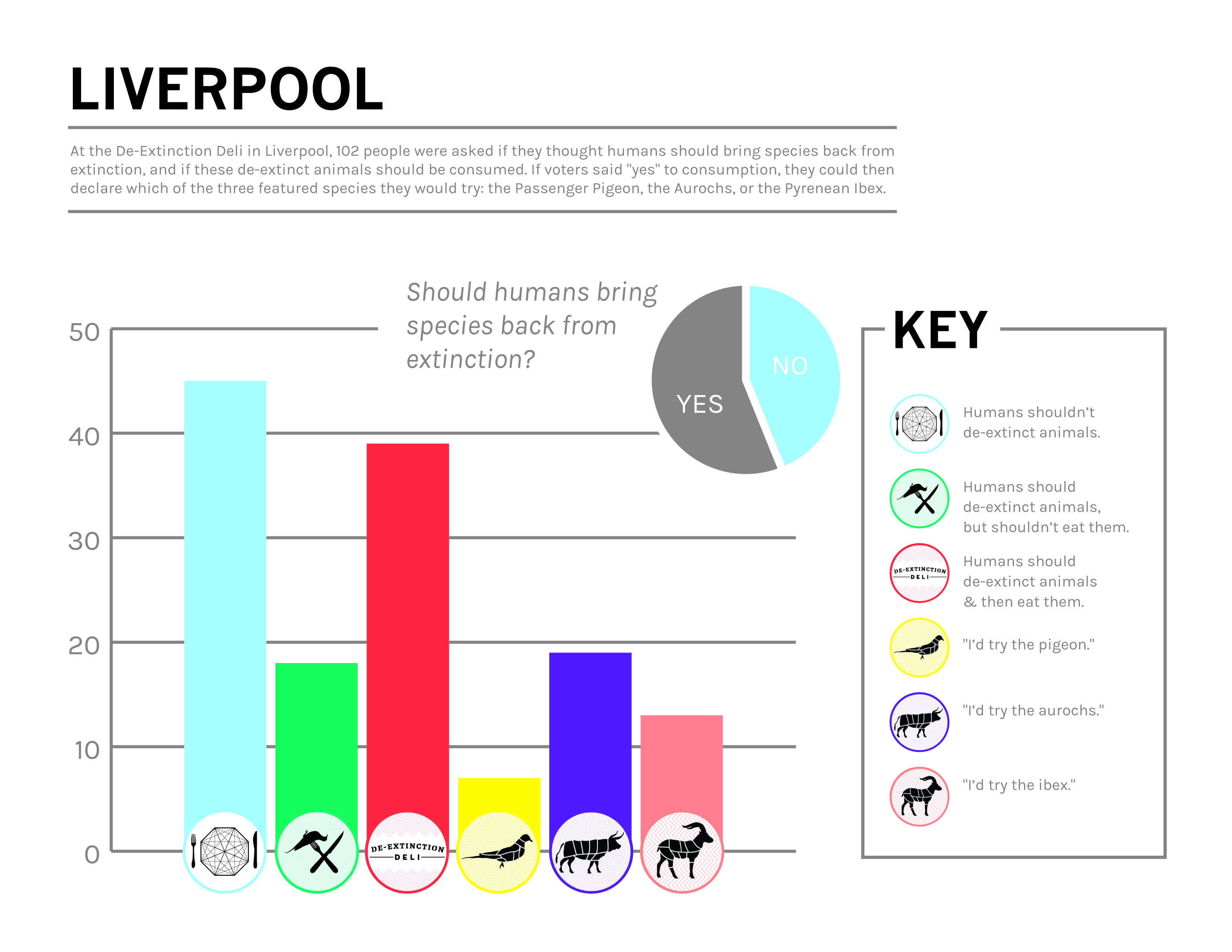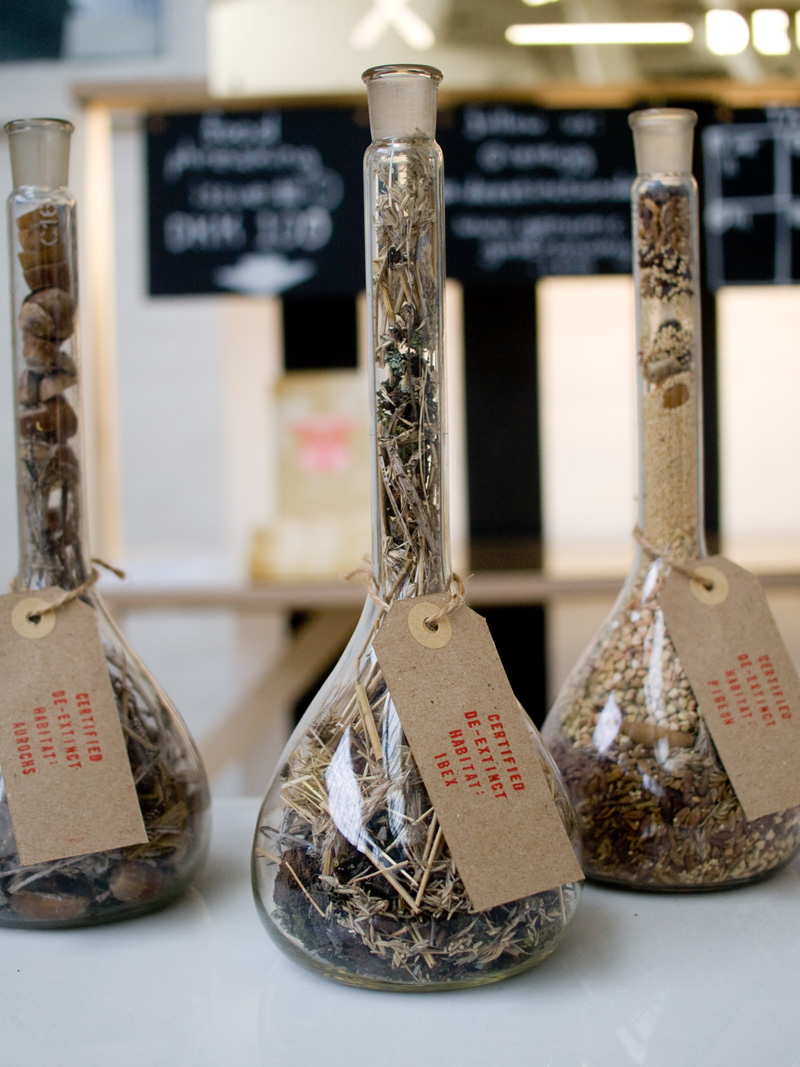The Center is currently in Dundee, Scotland for an Artist Residency as part of the Nil By Mouth project. We will be here for the next two weeks, doing research into multiple food related topics.
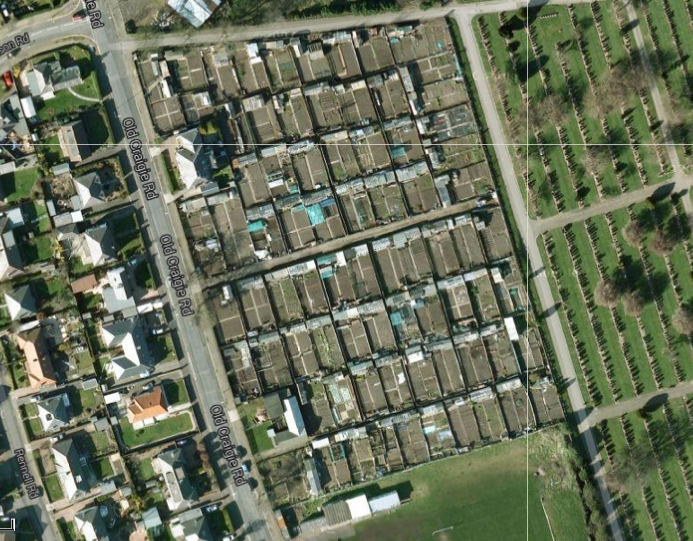
Yesterday we visited Tom Walsh at his plot in the Old Craigie Road Allotments. There were hints of frost visible on the soil surface, and a handful of hardy plants still in the ground: kohlrabi, brussels sprouts and giant turnips. Inside his greenhouse the wood stove kept the dahlia bulbs and us warm. Tom told us that the allotment is one of about ten in in Dundee. It was established in 1933, and he has been there for 50 years.
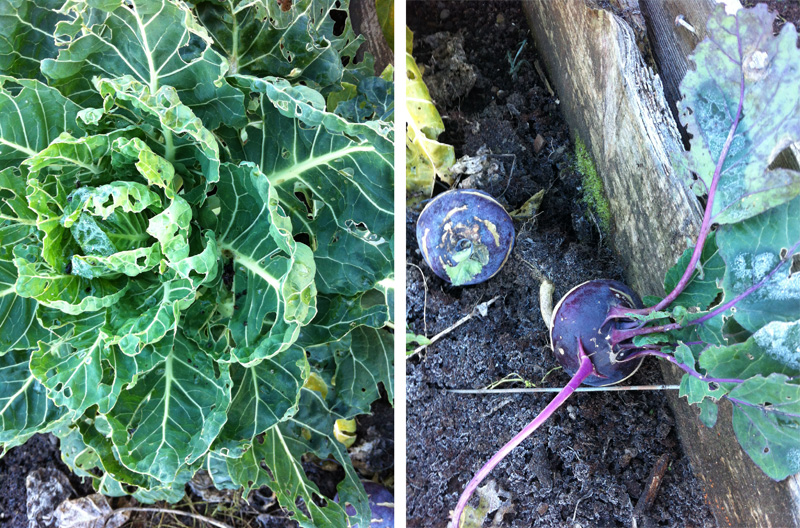
Before visiting, I was trying to find out more about Old Craigie Road Allotment, and while digging around the internet I found a report called “To all the Ingenious Allotment Gardeners in Scotland” written by Caitlin O’Brian DeSilvey in 2001. She outlines a tour she did of allotments across Scotland and the article gives a good overview of allotment gardening practices. She wrote the following about the Old Craigie Road Allotment “when my host Alistair Bain propped a ladder against his shed so that I could take some aerial photographs from his roof, I saw the site in its gritty glory—a horticultural shanty-town of makeshift sheds and productive plots.”

You can glean Tom’s plot through the fence in the left of this image. Visiting the allotment in winter, the green was replaced by brown soil and Tom was busy with digging – getting the beds ready for spring before the ground gets too hard. He often saves seeds, although he also orders from seed catalogues, and he showed us a picture of what his garden at home looked like one season.

Tom also showed us a the potato varieties he grows: Blue Bell, Rooster, Osprey, Kestrel, Cultra and Celine(? Not sure about the last one, since my note taking was a little messy). It’s curious how many potato varieties are named after birds. After our visit I discovered the British Potato Varieties Database which catalogues the huge variety of potatoes in the UK.

Being complete novices to the culture surrounding allotments, we were surprised and interested to hear about ‘the shows’. These are competitions held by the different allotments both locally and nationally, where growers compete for awards in multiple categories, from “Six Vegetables” (the image below shows the type of vegetables you can choose to present) to “Most Unusual Exhibit”. This seems like a great way to encourage biodiversity. Judges need to be certified and it seems to be taken very seriously. We hope to speak to a judge during our stay to find out more about the competitive side of gardening.

We have lots more to explore over the next couple of weeks, and look forward to sharing our observations and discoveries.
The Nil By Mouth project is organised and supported by Crichton Carbon Centre, Creative Scotland and Wide Open.
